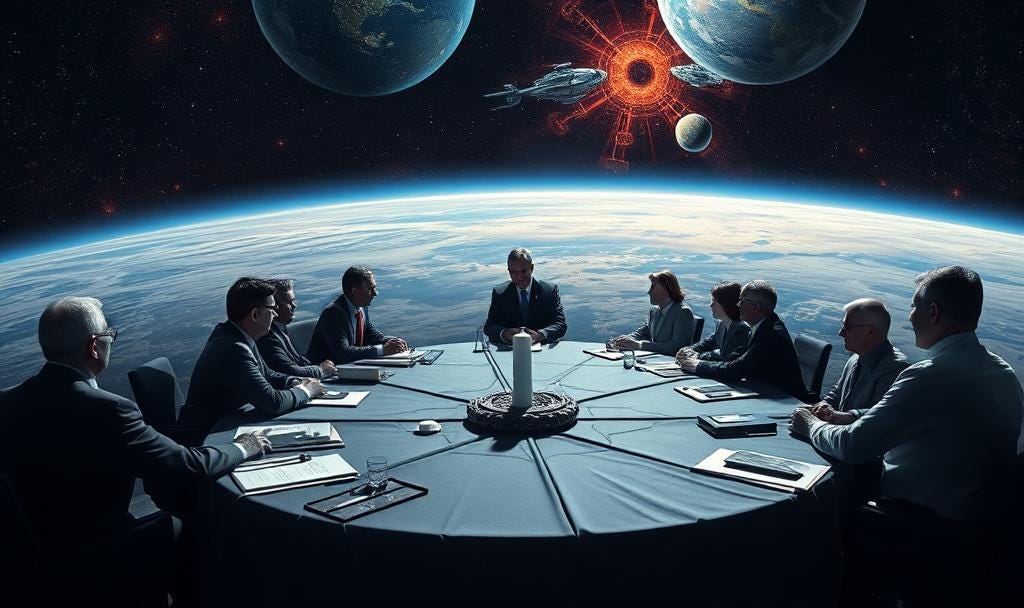The international order governing humanity’s activities beyond Earth’s atmosphere stands at a point not seen since the Space Age began. What started as a bipolar Cold War competition has evolved into a multipolar commercial and geopolitical contest, exposing fundamental inadequacies in a governance framewo…
Keep reading with a 7-day free trial
Subscribe to The Journal of Space Commerce to keep reading this post and get 7 days of free access to the full post archives.



